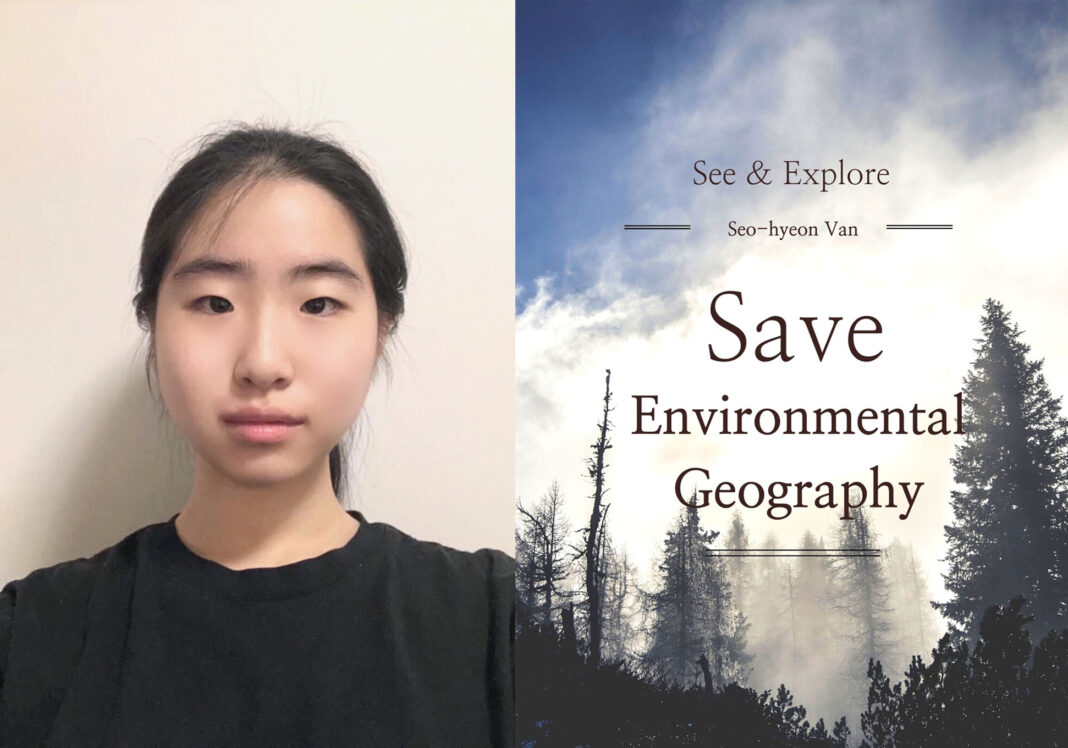The author shares knowledge of geography and the importance of environmental protection from an environmental perspective. The book aims to evoke ideas and discussions about the geographical environment of our generation and turn it into personal responsibility.
This book is a study of environmental geography in which the author approaches the earth environment scientifically from the perspective of land use and earth system. We discussed traditional themes of geography, such as the concept, space, scale, and distribution principles as an integrated planet of the Earth. It guided the Earth and its environment, its use, misuse, abuse, and where we are heading as species on Earth. It deals with the Earth and its environment, its use, misuse, abuse, and where we are heading as species on Earth. Chapter 1 develops into a consideration of the modern environmental dilemma and its causes. The geographical perspective is important. This is because the environmental crises scattered on Earth are not isolated from each other. Local and regional environmental problems are merged with each other in terms of size and scope and are growing on a global scale. U.S. military intervention in Kuwait to protect the world’s oil supply easily explains the range of energy, one of the world’s major environmental problems.
Chapter 2 examines the world’s remaining notices, namely, large frontier areas such as deserts and rainforests, where human habitation and environmental impact are traditionally low. The next chapters 3 and 4 focused on the ecological structure that explores the properties of ecosystems by examining the earth systems of matter and energy that are the basis of biogeography.
Chapters 5, 6, and 7 consider population and agricultural energy, which are important humanities and elements of the global environment. There is no humanistic power superior to the modern environment than the population, and there is no land use that is more widespread and environmentally required than agriculture. The world’s population grows by 90 million every year, and most of its growth is made up of poor countries around the world. This growth rate is growing every three years with the combined population of the United States and Canada.
Chapters 8, 9, 10, and 11 consider the atmosphere and water systems on Earth and their use, physical changes, and human pollution. Chapter 12 deals with hazardous waste, serious problems associated with increased energy use, increased product consumption, and the introduction of new technologies, including foreign chemicals. Chapters 13, 14 deal with the most important but least recognised soil of the environmental components. It was widely known where fertile soil was located on Earth, and most of the medical soil decreased sharply due to agricultural pressure in the 20th century.
Chapter 15 examines the world’s public lands and efforts to preserve and manage them as parks, national forests, and other spaces, and the last chapter returns to the issues raised in Chapter 1.









